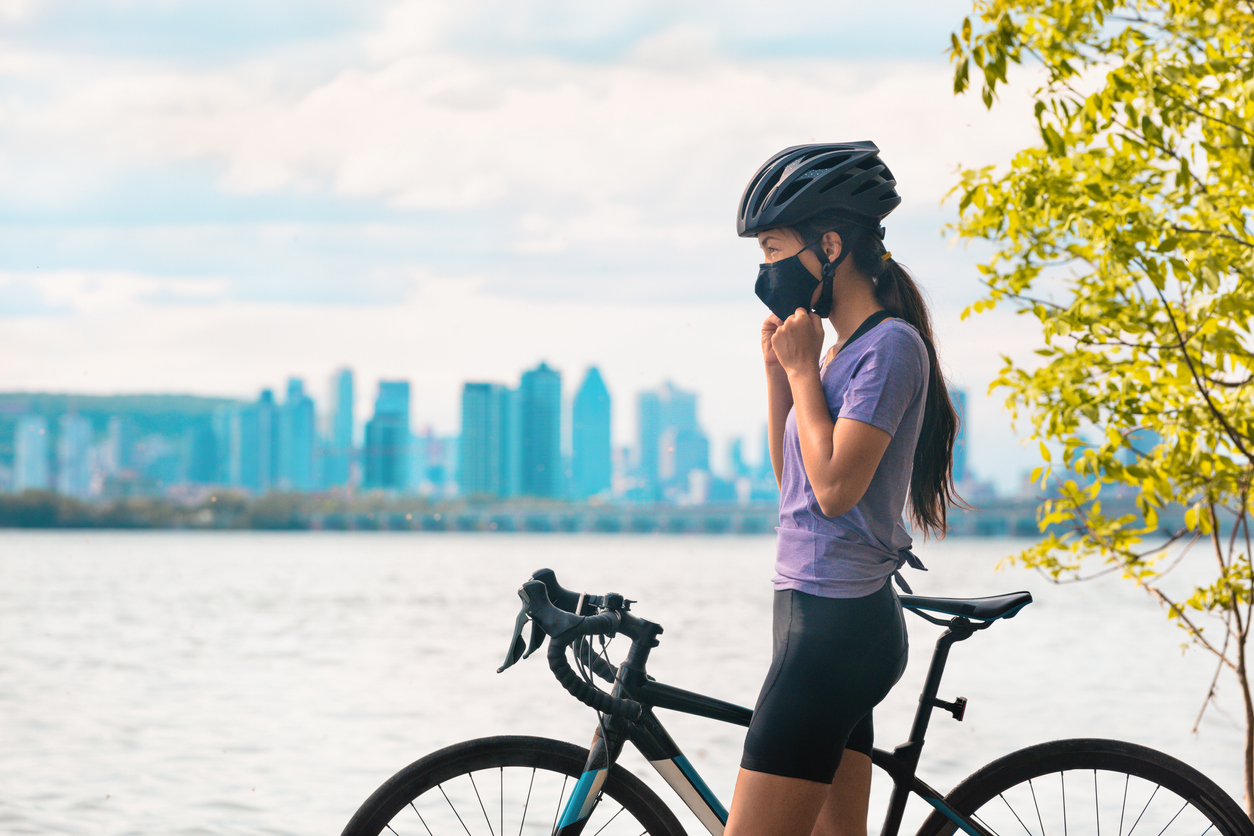Whether you’re a cyclist or driver, everyone should have a basic understanding of Florida’s bicycle safety laws. Accidents between bicyclists and motorists are increasing in frequency, especially as more people are deciding to give cycling a try.
Did you know Florida currently ranks highest for bicycle-related accidents in the US? These startling statistics can be easily reduced when everyone is familiar with the laws.

Contents
A Brief Review of Bicycle Safety Laws in Florida
Surprisingly, cyclists can be considered pedestrians. When the bicycle is on the sidewalk, the cyclist is a pedestrian—however, this changes when the bicycle is on the road. In this instance, the bicycle is a vehicle and is subject to the same laws as motorists.
In other words, cyclists on streets must follow all applicable traffic laws to avoid any potential fines and penalties.
When to Yield and Where to Ride
Some streets have dedicated bike lanes for cyclists only—motor vehicles in bike lanes can be ticketed. While cyclists are not limited to bike lanes, they can ride on the street, but it’s still recommended to stick to bike lanes for safety reasons.
Most cities in Florida allow bicycles on the sidewalks, but not all of them, so always check local ordinances before biking on the sidewalk. Remember, pedestrians always have the right of way, and bicyclists are also required to alert pedestrians before passing them on the sidewalk. A bike horn or bell is usually considered enough of a warning.
When biking in traffic lanes, cyclists are required to stay on the side of the road. You could bike in a slower lane but are only allowed in the passing lane when you’re preparing to turn a corner. You can also move out of the slow lane to avoid obstacles like potholes or a mandatory turn. On one-way streets, bicycle riders are not limited to a specific lane.
Basic Traffic Laws
Some basic traffic laws cyclists and motorists should be aware of include the following.
- Only two cyclists can ride side-by-side in a bike lane or on the road. The law does not apply to dedicated bike paths. Cyclists cannot interfere with traffic flow. In other words, bicyclists must stay to the side of the road to avoid holding up faster-moving vehicles.
- Stop signs and red lights apply equally to motorists and cyclists. Everyone must come to a full stop. The right-of-way typically goes to the person who arrives first at the intersection. However, right-of-way laws can vary between jurisdictions, so make sure to check local ordinances.
Some bicycles are equipped with turn signals, but the expense associated with the purchase and installation makes it relatively rare. Cyclists must signal, typically with their arms and hands, when turning or changing lanes. When traffic is behind them, bicycles cede the right-of-way to the oncoming traffic.
Cyclists can pass cars, but extreme caution is advised, even with parked vehicles. A car door can suddenly open, resulting in an accident and potential injuries. Motor vehicles can also pass bicycles, but the driver must leave at least three feet between their car and the cyclist.
Equipment Regulations
Some equipment is legally required for bike riders. All bicyclists under 16 years of age must wear a safety helmet. The helmet must also be properly fastened. If you need help with how to fasten a bike helmet, your local bike shop can assist you with this.
A front white light and a rear red reflector are other legal requirements. Your front light must be visible up to 500 feet. The visibility requirements for the rear light are a little further; motorists must be able to see it from 600 feet away.
The brakes on your bike must also meet legal standards. If you’re cycling at a speed of 10 miles per hour, your brakes must be able to stop the bike within 25 feet. It’s important to note these figures only apply to level and dry pavement.
What Bicyclists Aren’t Allowed to Do
Bicyclists can be subject to traffic tickets the same way that motorists are. This means that bike riders can’t hang on car doors or open windows while cycling. You also cann’t leave an unattended child in a carrier or bicycle safety seat, even for a few seconds.
Leave your earbuds and headsets at home while cycling. You can only wear a safety helmet. There are exceptions to this law if you are hearing impaired.
Involved In a Bike Accident? Contact an Attorney
No matter how carefully you try to follow Florida’s various bike laws, accidents can still happen. If you’re in a bicycle accident with a motor vehicle, contact an experienced injury or accident attorney as soon as possible.
Laws regarding bicycles on the street can be confusing. Your attorney will help ensure your case is successfully resolved.